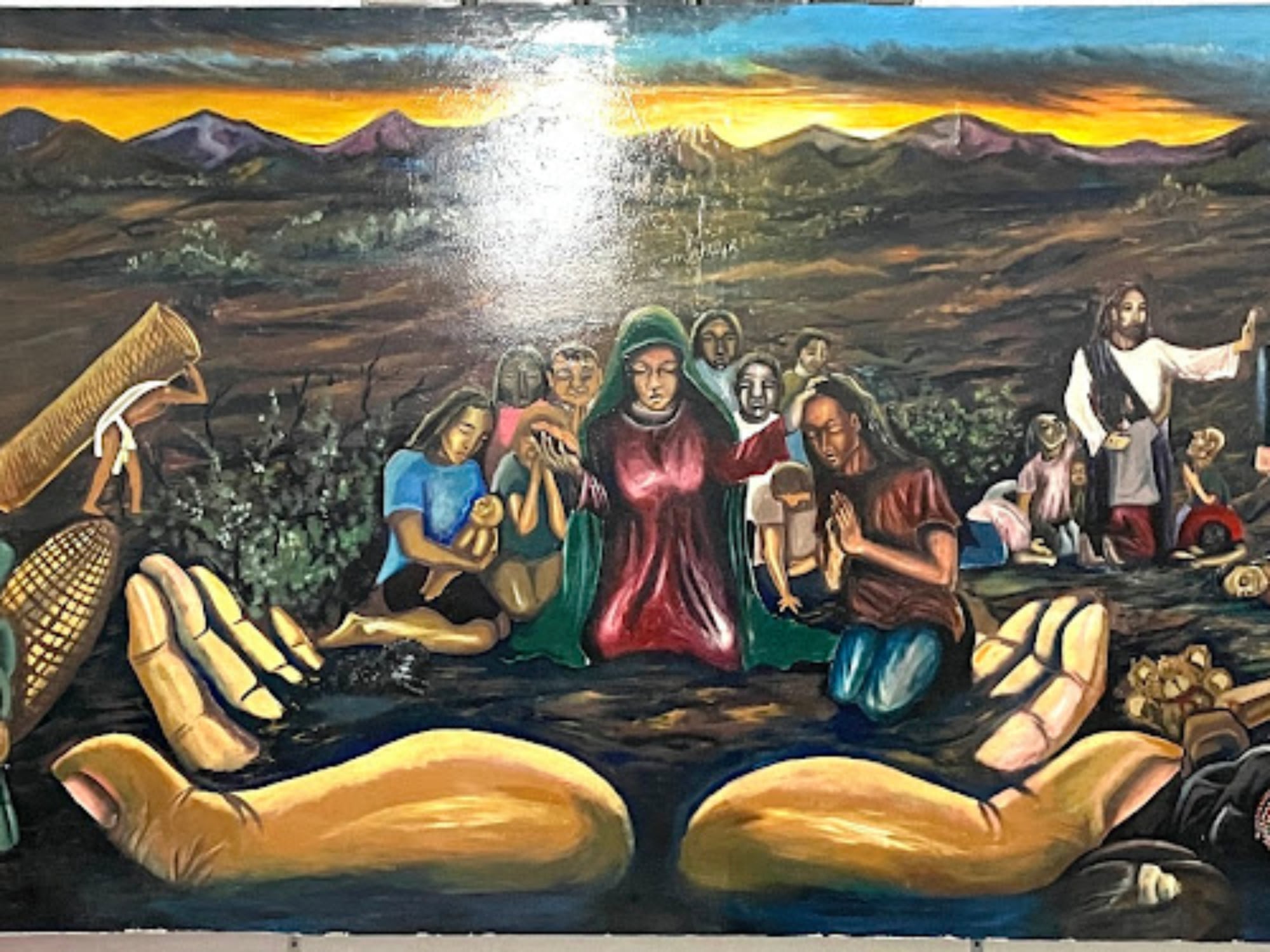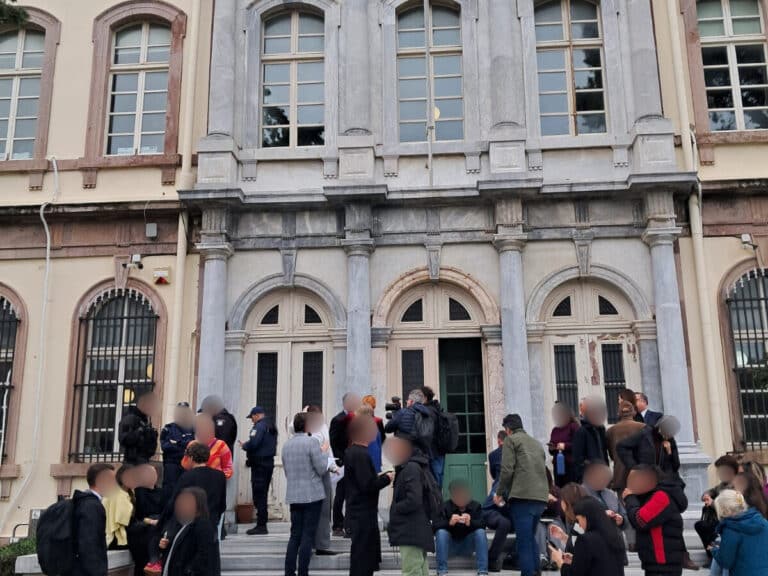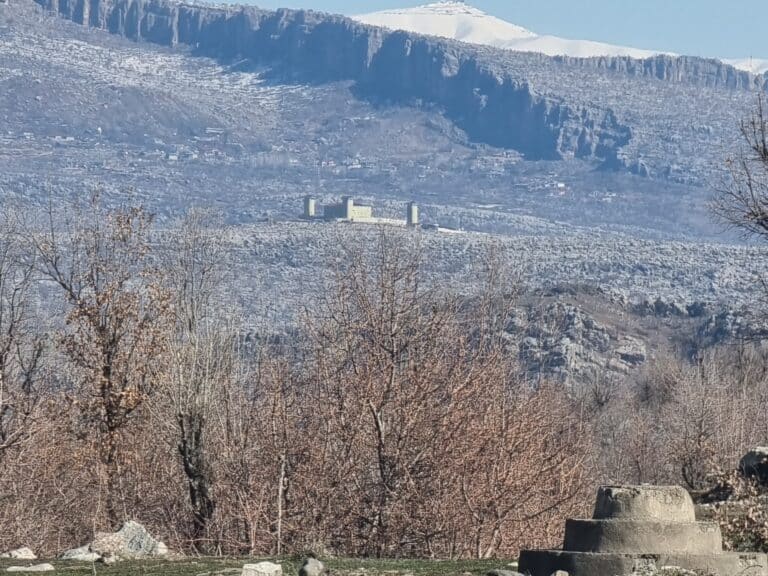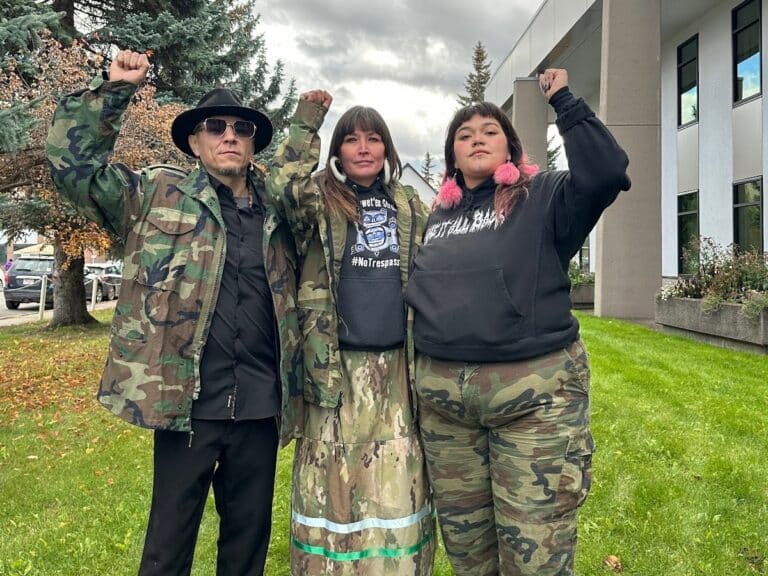Donald Trump has now been the US President for 100 days. He made a campaign promise of “mass deportations.” However, the government fails to be transparent with the information it provides about those deportations. Department of Homeland Security (DHS) stated that in the first 50 days of the new administration, Immigration and Customs Enforcement (ICE) arrested 32,809 individuals. About one-quarter of them were not convicted criminals, people with pending criminal charges, or suspected gang members. In other words, these roughly 8,718 people were “collateral damage” or non-criminal “immigration violators” who just got caught up in the arrests. Government information does not make clear how many of these people are deported out of the United States and how many are being held in detention facilities.
Now migrants legally in the US awaiting asylum appointments are receiving notices that their status will be revoked and that they should immediately leave the country. DHS has initiated a massive campaign urging undocumented migrants to “self deport” and threatening daily fines for remaining in the country illegally.
In addition, the administration has also made high-profile arrests, such as the students who were active in the pro-Palestinian protests at Columbia University and the suspected gang members who were flown to El Salvador.
So, how are the US immigration policies and DHS actions playing out on the border with Mexico? At least in Agua Prieta, Sonora, there is very little migrant presence right now. A few people have been deported to Agua Prieta in the middle of the night. They do not come to the Migrant Resource Centre (CRM – Centro de Recursos para Migrantes) or Exodus Migrant Assistance Centre (CAME – (Centro de Atencion al
Migrante Exodus); rather they remain in the hands of Mexican officials. It is unclear what happens to them. One woman, along with her sister and her daughter, stopped by the CRM several weeks back. They were “self-deporting” from the state of Colorado. The woman, who was experiencing domestic physical violence, felt that she would not be helped by state officials since she was undocumented. Luckily, she had family in Agua Prieta, which is not always the case for deported Mexicans. A man showed up at CAME earlier this month who had been deported. He had come with his family to the US when he was three months old, and he has no family in Mexico. He is hoping to find work in Agua Prieta.
Other people have recently arrived at CAME or remain at CAME because they are afraid for their lives and the lives of their families. Although they realize that they have no hope of entering the US, they have no other choice but to flee from the violence in their home towns.
So how do we pray in the face of so much disruption and uncertainty? How can we pray except to say, “how long, O Lord?”
- Pray that DHS officials would be more transparent in reporting what they are doing.
- Give thanks for people in the US who are working to protect the rights of all migrants and the lives of specific migrants.
- Pray for all those who are at risk of deportation, or in danger for their very lives, to live with courage as they try to find safety.
- Soften all of our hearts that we may live in peace.





